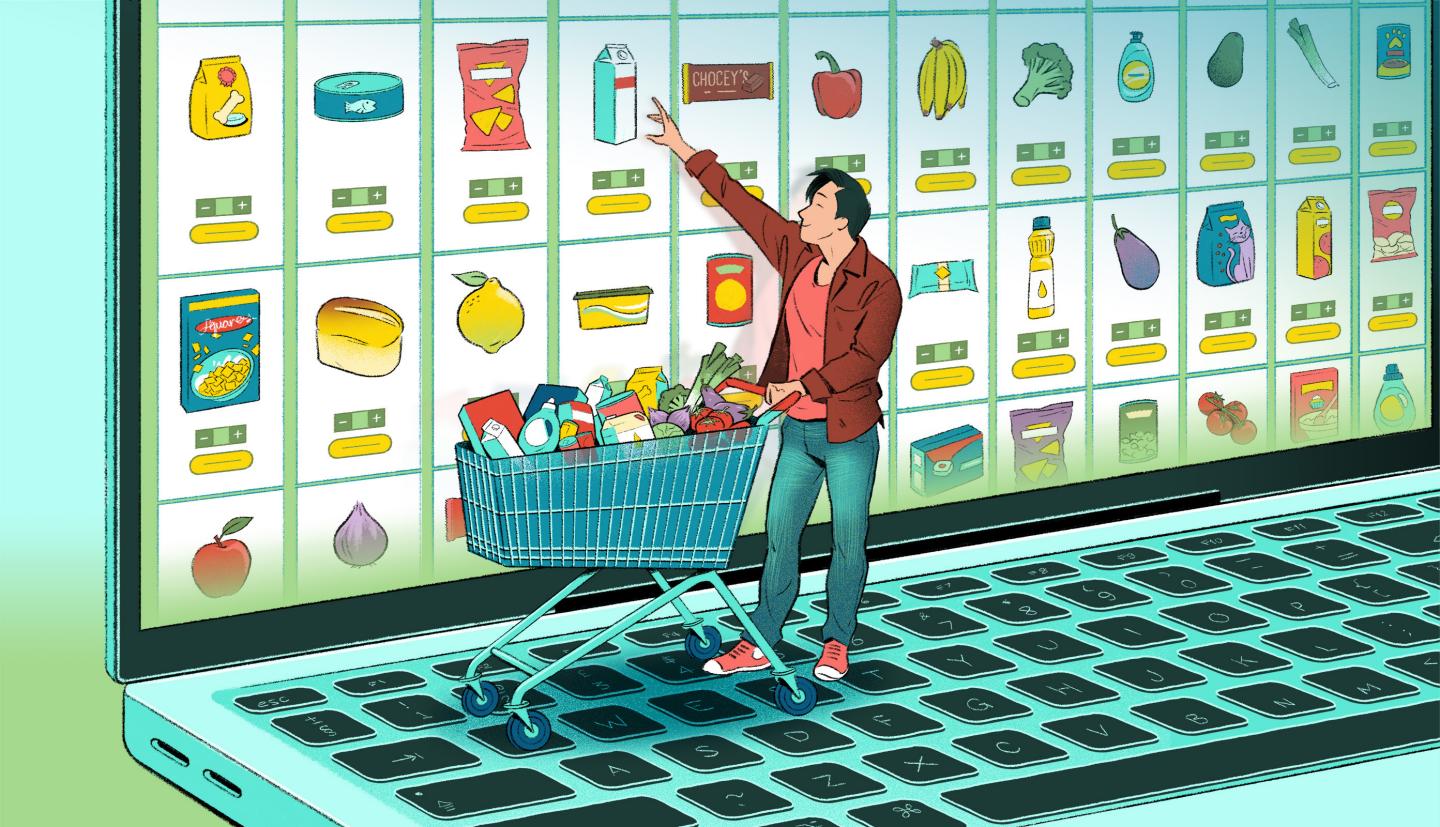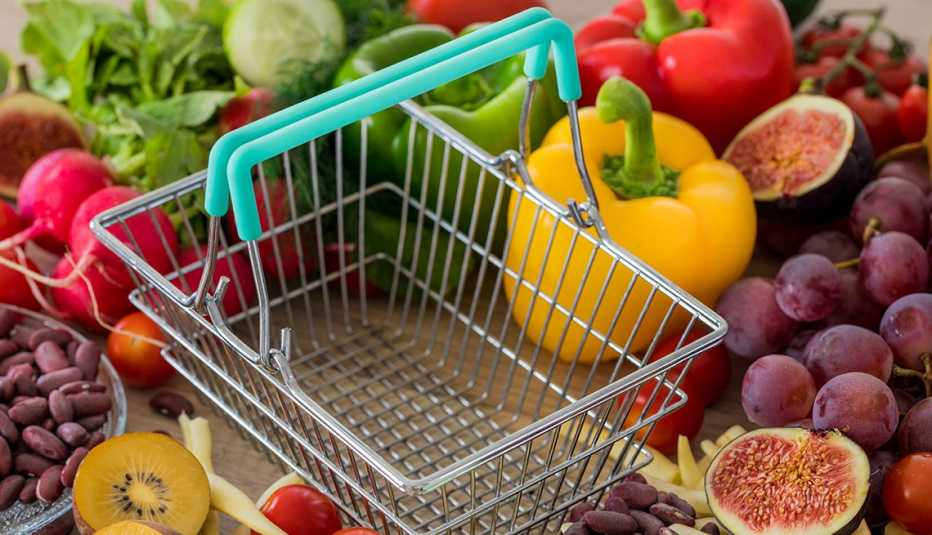Staying Fit
Grocery delivery services are super convenient and easy to use. You can do your shopping in minutes and leave the heavy lifting to someone else. The catch: You may have to pay an extra 25 to 35 percent to skip that trip to the supermarket, potentially adding hundreds of dollars a year to your already rising food bills.


AARP Membership— $12 for your first year when you sign up for Automatic Renewal
Get instant access to members-only products and hundreds of discounts, a free second membership, and a subscription to AARP the Magazine.
The extra costs may include service charges, tips for delivery people, markups on individual items, as well as other fees, explains Phil Lempert, a consumer trend watcher who bills himself as the SupermarketGuru. Not all these extra costs are disclosed in detail. So, for example, you might not know that a box of Cheerios is priced higher online than it is in the store.
For many people, the benefits outweigh the extra costs and other downsides, such as losing the chance to pick out the best-looking produce. Before the pandemic, less than 2 percent of grocery spending came from online orders; in March, it was 14 percent, according to the research firm Brick Meets Click.
To cut your bill, or at least keep it from getting out of hand, start by understanding the different available services.
One option is to visit your local supermarket’s website to see if it offers deliveries. Most big chains and some independents have online ordering, usually for a per-delivery fee.
A second option is to sign up for unlimited free deliveries from a single retailer through a membership program such as Amazon Prime ($139 per year for fast, free delivery of nonperishables and, where available through Amazon Fresh, same-day delivery of grocery orders) or Walmart+ ($98 per year for same-day delivery).
A third choice is to use a service that delivers from multiple stores. With these services, such as FreshDirect, Instacart or Shipt, you either pay a per-delivery fee or sign up for an unlimited-delivery program. DoorDash and Uber Eats, both of which started out as meal-delivery services, now also offer grocery delivery.
Whichever way you go, scan the fine print for fees and order minimums. For example, Shipt charges $99 annually for unlimited deliveries of at least $35—but may also charge an extra $7 for an order with alcohol.
And store markups could be substantial. For example, the Ramsey Solutions website found that a 10-pound box of Quaker Oats oatmeal cost $9 for in-store shoppers at Costco, but was closer to $11 for customers who ordered it for same-day delivery. Walmart, on the other hand, charges the same prices whether you shop in person or use Walmart+.



































































